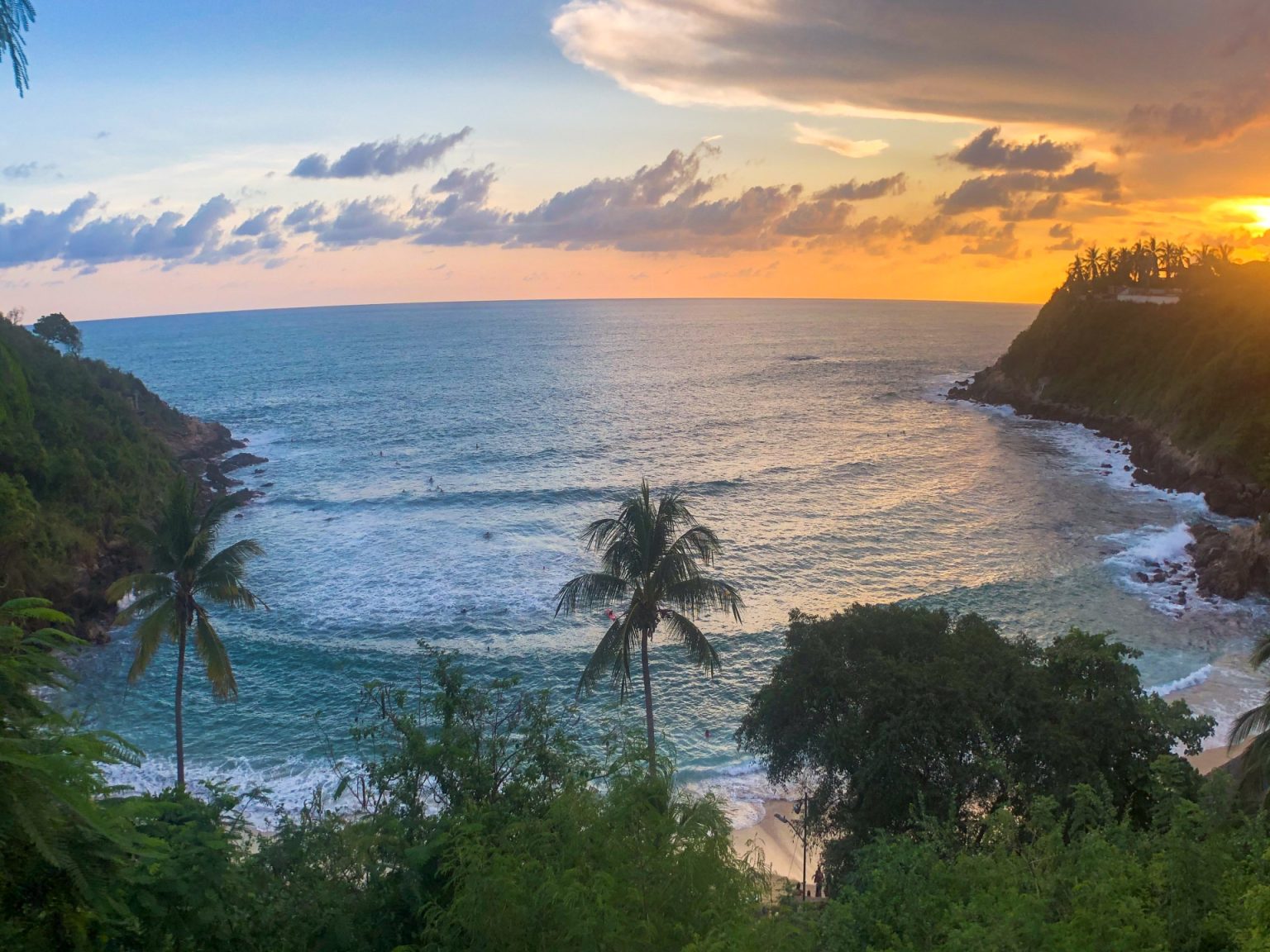Puerto Escondido, Mexico, a remote tropical paradise, has seen a surge in popularity over the years due to its stunning beaches, lush greenery, and vibrant sunsets. However, the rapid increase in tourism has caused significant challenges for the town. In recent years, Puerto Escondido has experienced a boom in construction, rising rental prices, and a growth in “unsustainable tourism” that has negatively impacted the environment and local economy. The influx of tourists during the COVID-19 pandemic further exacerbated these issues, leading to a struggle to cope with unchecked tourism and development.
Efforts have been made by activists and community groups to address these challenges, with a focus on protecting the area’s last untouched beach, Playa Punta Colorada, from development projects that threatened the ecosystem. The coalition, which includes organizations like Save the Waves and SOS Puerto, has successfully campaigned to suspend construction permits and prevent the privatization of the beach. While these victories are promising, the fight to preserve Puerto Escondido’s natural treasures is ongoing as the judge’s order is only temporary.
The growing tourism industry in Puerto Escondido has raised questions about how the town will manage its rapid influx of visitors. Advocates like Andrea Esquerra emphasize the need for strong investment in infrastructure, such as drainage systems and treatment plants, to sustain growth and ensure access to clean water and beaches. The lack of planning and investment in infrastructure has led to issues like wastewater spills, power outages, water shortages, and gentrification, impacting both locals and tourists. Solutions proposed include regulating construction, housing density, and vacation rentals to support the community’s growth while protecting its environment.
Puerto Escondido’s struggle is not unique, as destinations around the world are grappling with the challenges of surging tourism. Community organizations play a vital role in advocating for sustainable tourism practices and protecting the environment. Residents of other afflicted destinations can learn from Puerto Escondido’s example by prioritizing collective action and community unity over profits. By working together and developing long-term visions for their cities, communities can achieve positive change and preserve their natural treasures for future generations.
In conclusion, Puerto Escondido’s fight against unsustainable tourism and development serves as a model for other destinations facing similar challenges. By prioritizing community engagement, sustainable practices, and environmental protection, Puerto Escondido and other locations can ensure their long-term viability as thriving tourist destinations. The success of these efforts depends on the collaboration and commitment of residents, activists, and stakeholders to work towards a common goal of preserving the beauty and integrity of their shared spaces.


